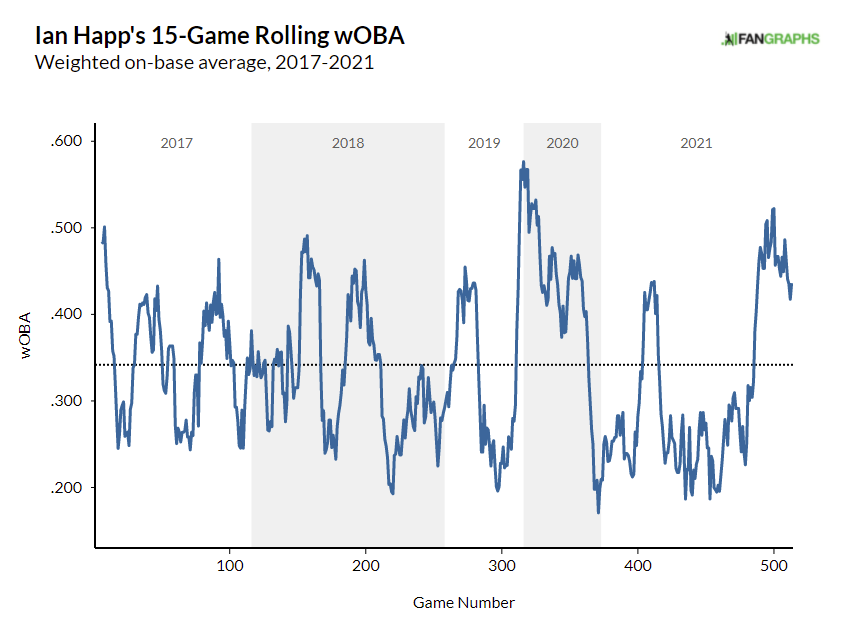The Roster Dominos Start to Fall for the Reds
The period between the end of the World Series and the official start of free agency is usually uneventful, with teams taking care of procedural moves to get their rosters ready for the long offseason. That wasn’t the case for the Reds. On the first day of the offseason, the team traded Tucker Barnhart to the Tigers for infield prospect Nick Quintana. A day later, Nick Castellanos exercised his opt-out clause, forgoing two more years in Cincinnati and $34 million in total salary to test the market. A few days later, the Cubs announced they had claimed a surprisingly available Wade Miley off waivers. It was a pretty eventful few days for the Reds, and they now enter the offseason with a lot more question marks hanging over their roster than they had before the Fall Classic’s conclusion.
All three of these moves have significant implications for the Reds’ payroll in 2022. In a media session after the Barnhart trade last Wednesday, Reds general manager Nick Krall explained the reasoning behind that move: “Going into 2022, we must align our payroll to our resources and continue focusing on scouting and developing young talent from within our system.” That same rationale explains why Miley was so freely available to the league on waivers. While Castellanos opting out of his two remaining years with the club was unsurprising after his phenomenal 2021, his $17 million salary next year is now off the books, and both Barnhart and Miley held club options for next season — $7.5 million for the former and $10 million for the latter.
Even though those comments from Krall are couched in business speak, it’s not hard to understand the direction the Reds are headed this offseason. After a hefty increase in payroll from just over $100 million in 2018 to a non-pro-rated $149 million in ’20, the Reds look like they’re about to cut spending for the second season in a row. Even with Castellanos, Barnhart, and Miley off the roster, their estimated payroll for 2022 currently comes out to $131 million, $10 million over their final payroll figure for this season and just $17 million below the franchise high-water mark from 2020.
Given that payroll number and their comments, the Reds probably don’t have much room to add any players to address the numerous holes on their roster. They currently have just over $70 million in salary committed to five players in 2022: Joey Votto ($25MM), Mike Moustakas ($16MM), Sonny Gray ($10.7MM), Eugenio Suárez ($11.3MM), and Shogo Akiyama ($8MM). And that doesn’t take into account the 10 players due to receive a raise in salary arbitration this offseason. It’s likely they’ll try to move Moustakas, Gray, or another one of their high-priced players to free up further salary space. But this isn’t a case of addition by subtraction; the Reds are taking steps to field a team that constitutes a significant step back from the competitive rosters from the last two seasons. Read the rest of this entry »

